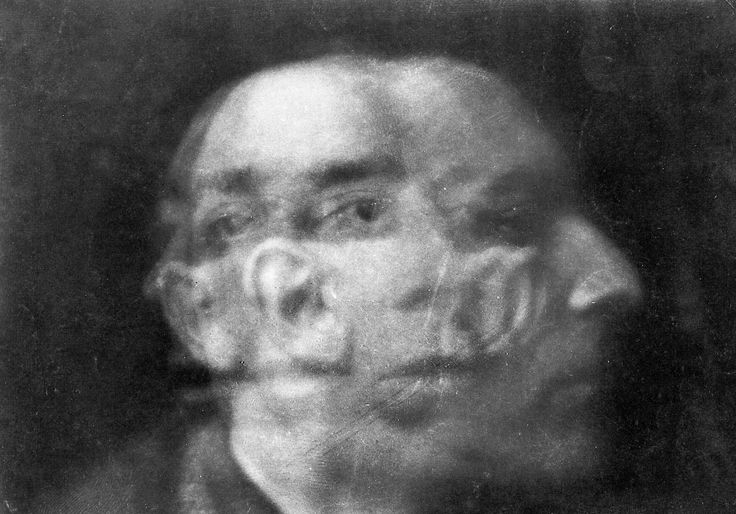
1882 - 1916
Umberto Boccioni

description
An artist, sculptor and theorist of fine art, one of the central figures of Italian Futurism. Together with Gino Severini, he learned the technique of pointillism from Giacomo Balla and became one of the authors of the Futurism Manifesto in 1910.
Umberto Boccioni was the most active participant and propagandist of the movement, its theorist and practitioner. Boccioni made the most significant contribution to the art as a sculptor. He was the first to create futuristic sculptures and wrote a work entitled “Technical manifesto of futuristic sculpture”.
Like many of his contemporaries, the artist admired technology, speed, scientific progress and everything that represented the triumph of mankind over nature. Boccioni’s works vividly demonstrate the main finds of Futurists – the image of the dynamics and construction of objects using the “line-force” and the principle of “simultaneity”, in which a moving object is presented in the form of several repeating elements of different moments of motion.
Umberto Boccioni died early while serving in the army. However, despite that, his name entered the history of modern art forever. The artist’s works are considered the best examples of Italian avant-garde art, and the statue “Unique forms of continuity in space” is rightfully called one of the iconic sculptures of the twentieth century.
Key ideas:
– The main idea of the artist’s works is to create the illusion of moving an object through space and time. He achieved the fantastic effect of movement by the Cubist method of partial or complete decomposition of an object into individual elements, combining it with the technique of simultaneous painting invented by Futurists.
– The artist’s works are mostly subjective. They are saturated emotionally and reflect the individual vision of the world. Unlike Cubists and other Futurists, who sought to express the essence of the subject as accurately as possible, Boccioni primarily relied on his intuition.
– Most of the paintings, especially those from the large series “State of the Soul”, are symbolic. They convey a mysterious, semi-mythical atmosphere, combined with modern technology and surroundings.
– A person surrounded by dynamic urban landscapes often becomes the central character. The author created many portraits in an original manner mixing the styles of cubism and futurism. They reflect the inner energy of a man and the tragedy of modern life.
– The artist adhered to the theory of mutual penetration of objects, which he called “physical transcendentalism”. Boccioni believed that not a single object exists separately from its environment but merges with it constituting a single whole. He sought this universal harmony and deep penetration both in paintings and sculpture.
– Among the works of Boccioni, there are few completely abstract paintings. The artist split and decomposed the form into separate elements expressing a swirling and rapid movement, but the object of the image always remains recognizable and “visible” to the viewer.
– The artist’s style is characterized by the combination of things that are far from each other. United only by a common space, they make up a single moving composition, open to external influences.
1882
1907
1912
1914
1916
The birth of the artist
The artist attended fine art courses at the Academy of Fine Arts

“Technical Manifesto of Futurist sculpture”

“The Futuristic painting and sculpture”

The death

Umberto Boccioni
On Artist
flow
Impressionism
Post-Impressionim
Cubism
Expressionism
friends
Mario Sironi
Gino Severini
artists
Giacomo Balla
Filippo Marinetti
Georges Braque
Alexander Archipenko
Constantin Brancusi
Duchamp-Villon Raymond
Paul Cezanne
By Artist
flow
Abstract Art
Abstract expressionism
friends
Mario Sironi
Gino Severini
artists
David Alfaro Siqueiros
Duchamp-Villon Raymond
